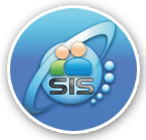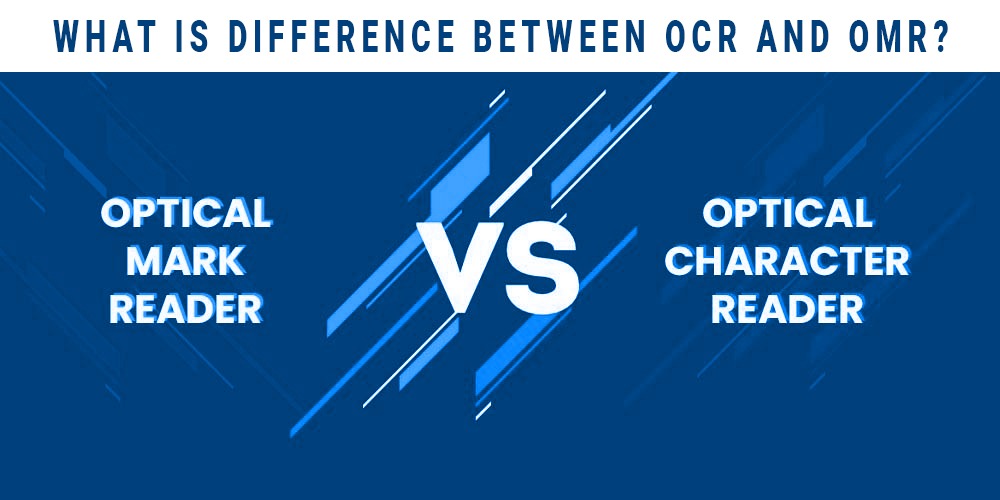Data Type and Purpose:
OCR (Optical Character Recognition): OCR is used to convert printed or handwritten text from physical documents into machine-readable text. It is designed to recognize characters, words, and paragraphs, and then convert them into editable or searchable digital text. OCR is commonly used for digitizing books, converting scanned documents into searchable PDFs, and extracting text from images.
OMR (Optical Mark Recognition): OMR is used to capture data from human-made marks on documents, such as checkboxes, bubbles, or specific patterns. It is mainly used for processing forms, surveys, questionnaires, and tests where respondents mark predefined options. OMR technology reads the presence or absence of marks and converts them into digital data.
Input Data:
OCR: OCR processes textual content, whether printed or handwritten, in the form of letters, numbers, and symbols. It can handle various fonts and languages.
OMR: OMR processes marks or patterns made by users, such as filling in bubbles or checkboxes, but it doesn't recognize textual content. It focuses on binary (marked/unmarked) data.
Processing Complexity:
OCR: OCR involves more complex processing because it needs to recognize and interpret various fonts, handwriting styles, and languages. It requires sophisticated algorithms to accurately convert images of text into editable text.
OMR: OMR processing is relatively simple as it involves detecting the presence or absence of marks within predefined areas. The focus is on detecting distinct patterns rather than recognizing varied textual content.
Use Cases:
OCR: OCR is used for digitizing printed documents, archival purposes, document search ability, and extracting textual information from images.
OMR: OMR is used for processing multiple-choice exams, surveys, questionnaires, and forms that require respondents to mark predefined options.
In summary, while both OCR and OMR are optical recognition technologies, they are designed to handle different types of data and serve different purposes. OCR is for converting printed or handwritten text into machine-readable text, while OMR is for capturing data from marked patterns on documents. The choice between OCR and OMR depends on the specific use case and the type of data you need to process.







